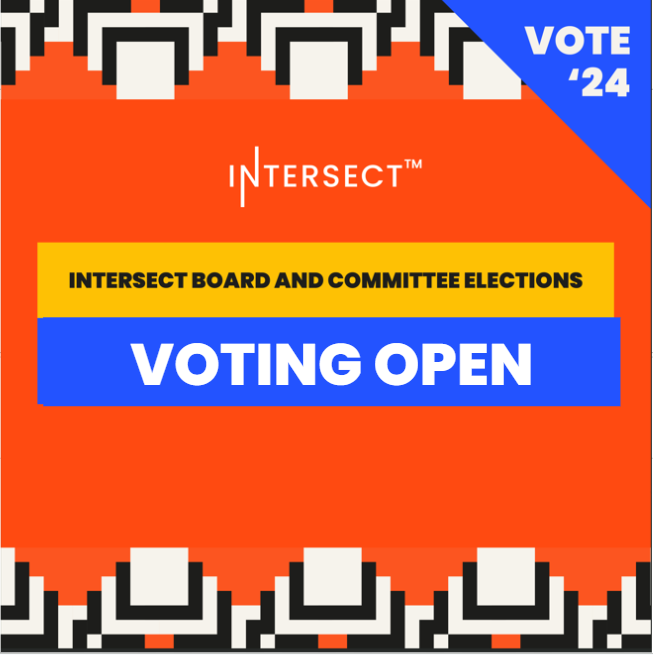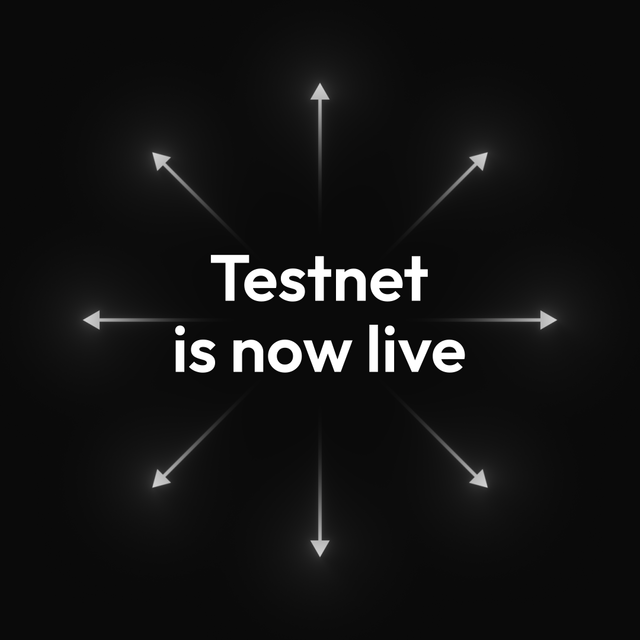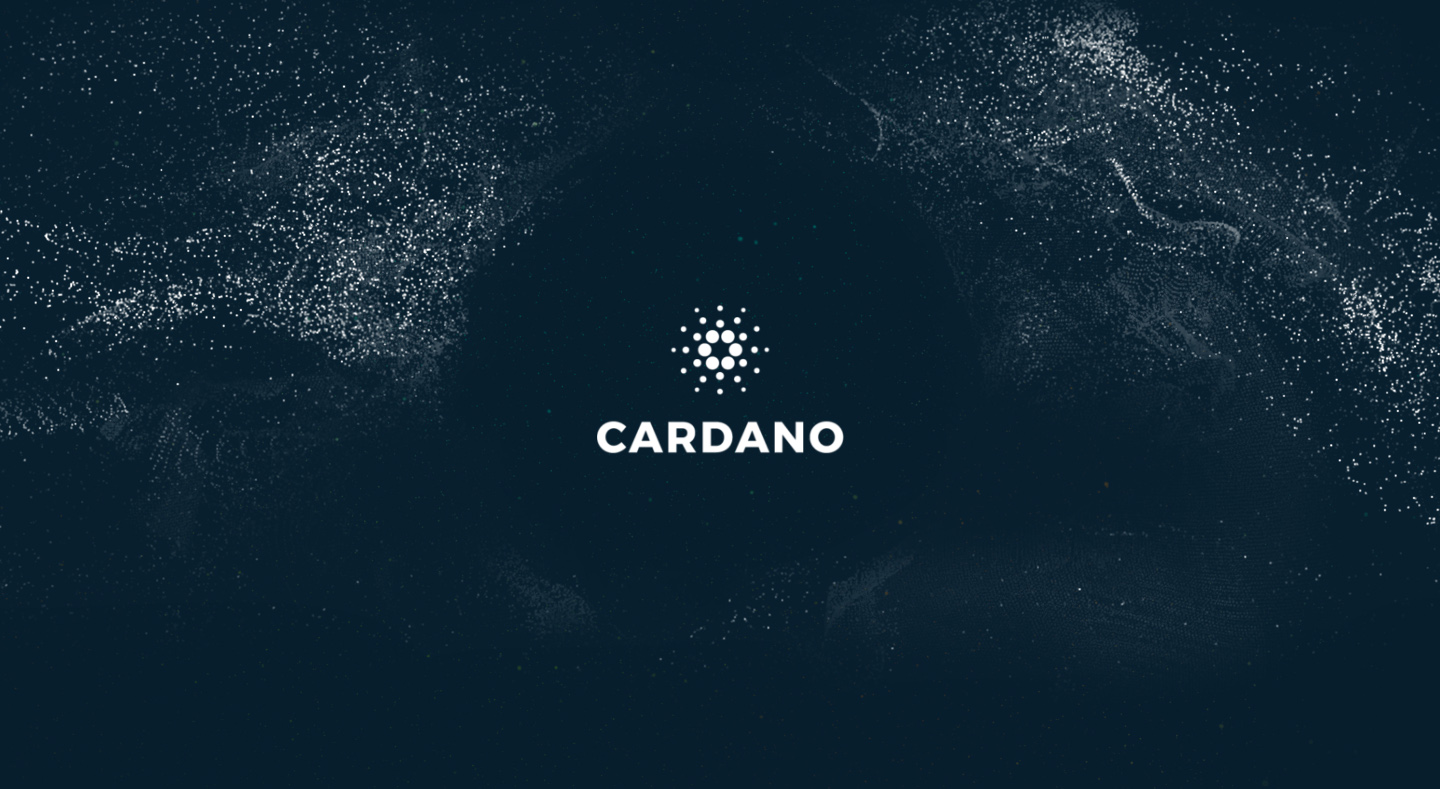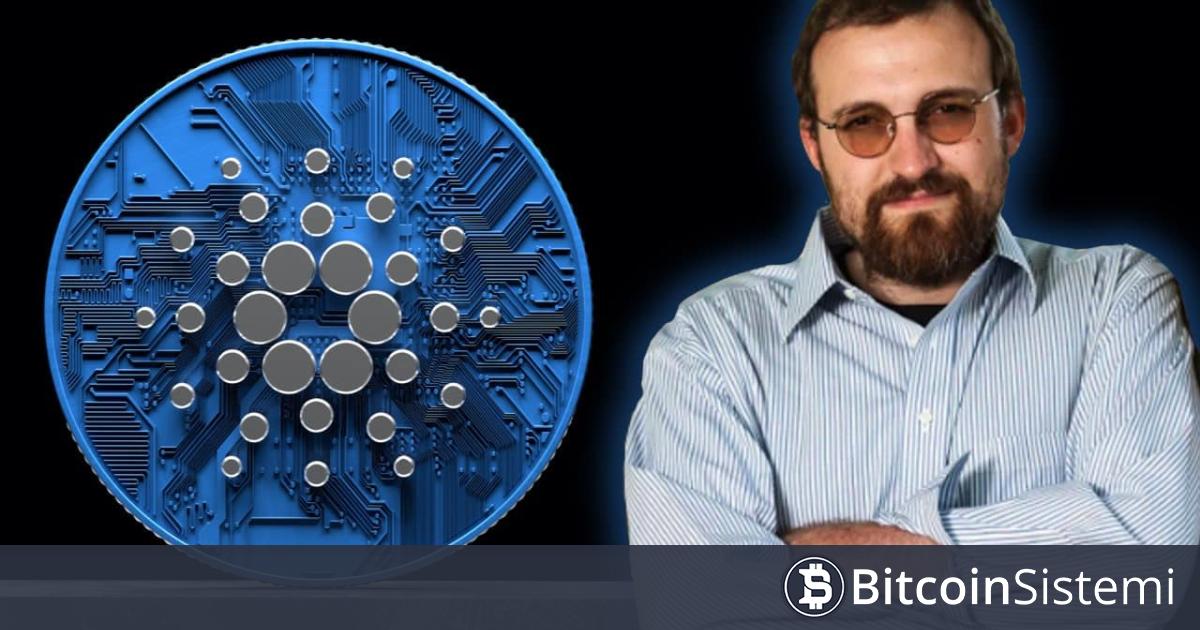There will only ever be one Cardano
The hard-fork combinator is able to upgrade the Cardano protocol in such a way that only a single blockchain will exist after the event. This is significantly different from the traditional hard fork in which blockchain forking usually occurs....
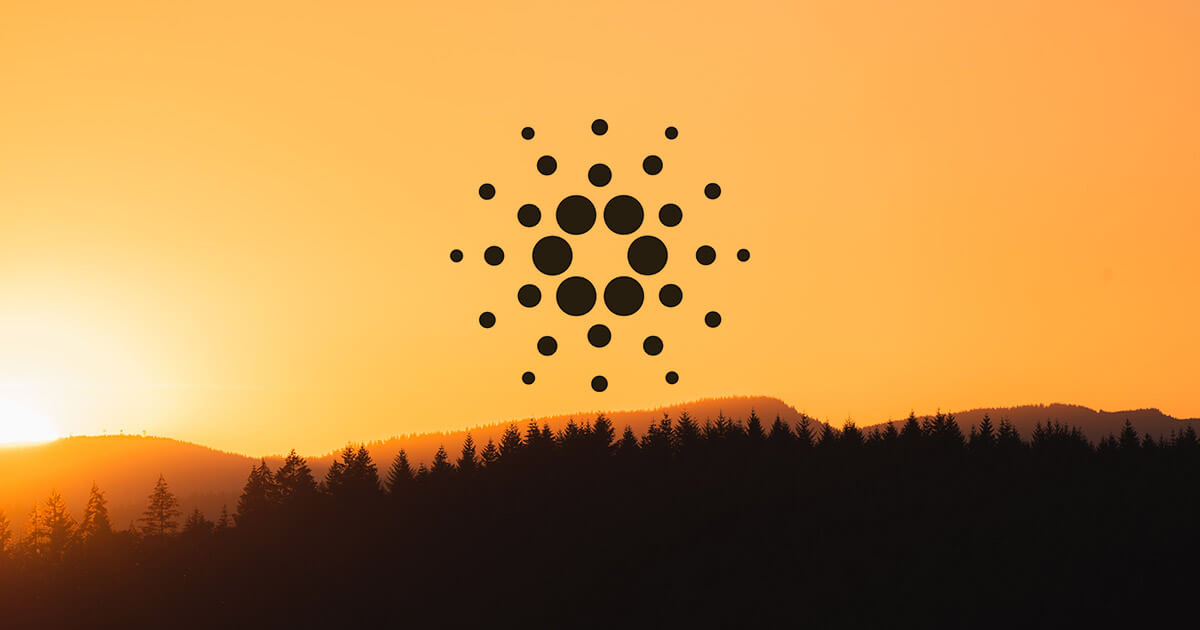
The hard-fork combinator is able to upgrade the Cardano protocol in such a way that only a single blockchain will exist after the event. This is significantly different from the traditional hard fork in which blockchain forking usually occurs. Combinator can perform the upgrade without stopping the network. This leaves the way open for Cardano to make further improvements that will not disrupt the operation of the global financial operating system. Most importantly, there will always be only one Cardano network and 45,000,000,000 ADA coins.
TLDR:
- Every hard-fork is a big uncertainty as the community and developers are divided and duplicate coins and tokens are created.
- The Hard-Fork combinator ensures that the change takes place smoothly and without interrupting the network. After the event, there will be only one chain with the entire history.
- There will never be a second Cardano "classic" or "cash".
Why do we need hard-forks?
The goal of hard-forks is to change the rules of the protocol. The team must create a new version of the client that incorporates the changes. When full node operators agree with the change (or more changes) they must install the new version.
The change can be so fundamental that it is not backward compatible. This means that the older version of the client is unable to work with the block that is created by the new client. Hard-fork usually takes place by defining a specific block after which the blockchain is forked into two chains. New clients maintain the first chain and old clients maintain the second chain. From a user perspective, it is important to see how many full nodes support the new version and how many support the old version of the client. It can be difficult to say which chain is "the one". Each user has to choose one (or both).
Usually, a hard fork might require a sequence of the following steps. The pre-fork blockchain protocol stops operating temporarily in order to activate changes. The post-fork blockchain restarts with the new rules and changes. After the upgrade, two different blockchains can exist. One with the old rules and one with the new rules.
When the change is backward compatible, forking of the blockchain does not occur. The change can be so small that older and new clients are still able to work with all blocks. The old client can work with blocks created by new clients and vice versa. This is called a soft-fork.
Traditional hard-fork is synonymous with uncertainty
You probably know the most famous hard-forks in the cryptocurrency world. They were the blockchain forks that led to the creation of Bitcoin and Bitcoin Cash, or Ethereum and Ethereum Classic. Recently, we have seen a similar fork that resulted in the creation of Ethereum PoS and Ethereum PoW.
All these events had one thing in common. The community split into two camps. Part of the users wanted to keep the old rules and the other part wanted a change. Usually, it is clear in advance which chain is going to remain the more significant. Still, the forking of the blockchain is annoying as it duplicates project coins and, in the case of smart contract platforms, even all tokens and applications. Users need to make sure that nothing bad happens to their assets. In some cases, they have to decide which camp to join. There is a higher incidence of fraud during forks, as people often do not understand the technical details and can be fooled by scammers. It may sometimes happen that the development team will split, which will weaken the project.
From my perspective, it doesn't make sense for BTC holders to get BCH after the fork. Even if the number of BTC coins remains the same, the creation of BCH coins can be seen as creating value out of nothing. If Bitcoin is to have gold-like properties, it shouldn't be easy to make clones of coins.
The fork can temporarily weaken the security of the network. Imagine two camps of miners splitting up and being roughly the same size. Before the fork, all miners mine a single chain. After the fork, the hash rate splits into two groups, reducing the security of both chains. Plus there is a higher risk of some attacks on the network.
Although there is now a consensus on which Bitcoin is genuine, there may be future disputes over issues such as the security budget. I can imagine miners splitting into roughly two equally large camps, with one wanting to maintain the status quo (old rules) while the other supporting the introduction of an inflationary model (new rules). If it will be more economically advantageous to mine the Bitcoin version that introduces inflation, it is likely that a significant part of the hash rate joins this camp. Does that seem too crazy to you? The miners are only pursuing their selfish economic goals. From the users' point of view, it's smarter to use the chain that remains more secure.
BTC holders would probably only watch this battle as they have no direct influence on the miners. Traditional hard-forks are unpredictable and unpleasant. They often stem from the community's inability to agree on one solution and the possibility of using blockchain forking as a way to resolve the dispute.
For smart contract platforms, a hard-fork is particularly unpleasant. Let's take one example for all. If there are tokens representing stablecoins and these are backed by real dollars, it is not expected that the same tokens will exist on two chains. Obviously, someone needs to decide on which particular chain the "true" tokens that retain backing will be on.
This can best be decided by the token issuer. What if there were multiple types of stablecoins on the platform and each issuer wanted to support a different chain? This is theoretically possible and would mean that both chains could have similar financial significance. It would be a big confusion for users. Now imagine that all major third-party developers (teams building applications) need to make this decision.
The traditional hard-fork was the first form that allowed for a major protocol update and acts as a means to resolve conflicts within the community or between miners and developers. As we have shown above, this form has many disadvantages and essentially no advantages. Modern blockchains will look for other solutions to update the protocol. Cardano already has a solution.
Meet the hard-fork combinator
The IOG team took a completely innovative approach to hard forks and did not allow the creation of forked blockchains with new coins, tokens, and applications.
Cardano’s hard fork combinator is designed to streamline the network’s updates without requiring network stoppages or restarts. It does this by combining pre-fork and post-fork blocks during a short transition period. The combinator allows for maintaining one continuous blockchain. Blocks are combined rather than diverging the old blockchain with the new blockchain. This can be achieved without sacrificing the continuity of user experience or causing network interruption of any kind. As a result of the combinator event, there is no blockchain split. Cardano is upgraded and the whole history of the ledger is remained and continues to exist in only one valid version.
Notice that the existence of the combinator does not compromise the decentralization of the protocol. Node operators are free to choose their client version. To agree with the proposed change, 75% of the block producers must signal support via installing a new client.
It is possible to publicly track how many nodes of the block producers (pools) have installed the new version and what percentage of blocks are created by the new client version. In addition to the support of pool operators, other conditions can be defined to trigger a hard fork event. For example, the support of large exchanges.
Notice that installing a new version of the client is basically voting. The team cannot arbitrarily change the protocol rules without the consent of the pool operators and all stakeholders. Stakeholders can see the version of the client that pools use. If delegates do not agree with the version of the client that pool has been installed they can delegate to a pool that has installed a preferred version. In other words, all stakeholders can vote about changes. Note the difference between Cardano and Bitcoin. In the Bitcoin network, only miners vote. In the Cardano ecosystem, all ADA holders vote. Put aside the fact that it is possible to vote via "full-node" as the majority of users are not going to operate one. In the Cardano ecosystem, users can vote with ADA coins from their mobile phones if they want. This is closer to the real-world use of cryptocurrencies.
Note that this system is a democratic process. Change must be agreed upon by the majority. If it does not agree, the hard-fork event will not be triggered and the old rules will continue to apply in the network. It is not possible for a minority to make their own version of the Cardano network and continue to maintain it.
Disputes are not resolved by the blockchain fork. This is very important for everyone who wants to use Cardano because they can be sure that there will be only one version of Cardano. Investors know that there will only be 45,000,000,000 ADA coins and there will never be a "cash" or "classic" version. Companies can be sure that when they issue stablecoins, duplicate tokens will never be created. The same goes for NFTs and all other tokens. In the case of a traditional fork, all DeFi services are at risk as they can only work reliably on one chain. Each application has only one team and it is unlikely that the team wanted to support the application on two chains. A fork can create ghost applications and ghost tokens. Eventually, only the ghost-chain may remain after the forked chain.
Conclusion
A traditional hard-fork is a split in which one blockchain gives rise to two new ones with different rules. A hard-fork combinator event can be seen as the opposite process, where new rules are added to the old rules so that there is still only one blockchain with one set of rules. It's like a merge.
The IOG team took a very responsible approach to how to upgrade Cardano properly. Cardano is a global project and it is clear that there will be disputes in the community. For both the largest blockchains Bitcoin and Ethereum, there have been forks that left ghost-chains. The hard-fork combinator makes it certain that there will only be one Cardano in the future. The voting system works on the basis of democracy. Voting rights are given to all ADA holders, which is probably the best possible way to approach upgrades. Every user should have a vote on what Cardano will be because they will be using it. The use of traditional hard-forks will end one day, as this method does not bring anything positive.
Delegate Your Voting Power to FEED DRep in Cardano Governance.
DRep ID: drep12ukt4ctzmtf6l5rj76cddgf3dvuy0lfz7uky08jfvgr9ugaapz4 | We are driven to register as a DRep by our deep dedication to the Cardano ecosystem and our aspiration to take an active role in its development, ensuring that its progress stays true to the principles of decentralization, security, and community empowerment.DELEGATE VOTING POWER!

